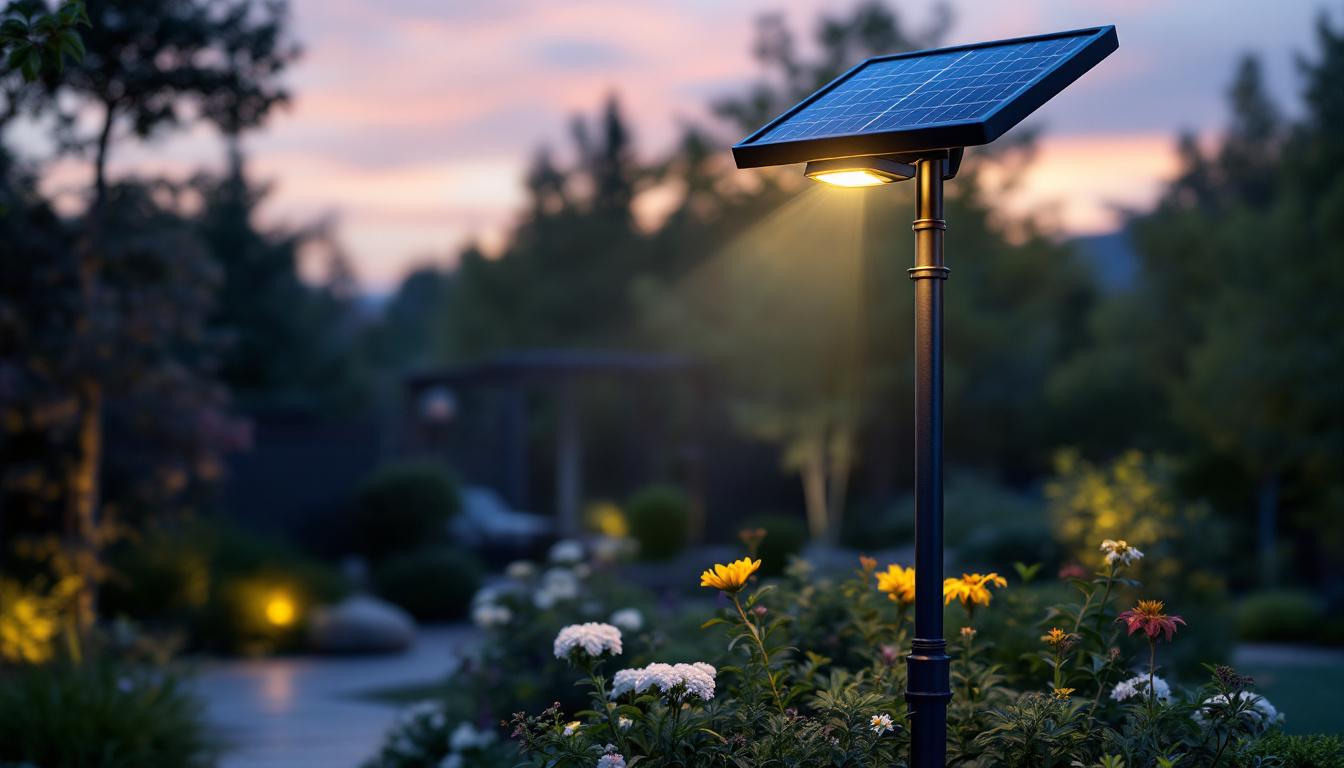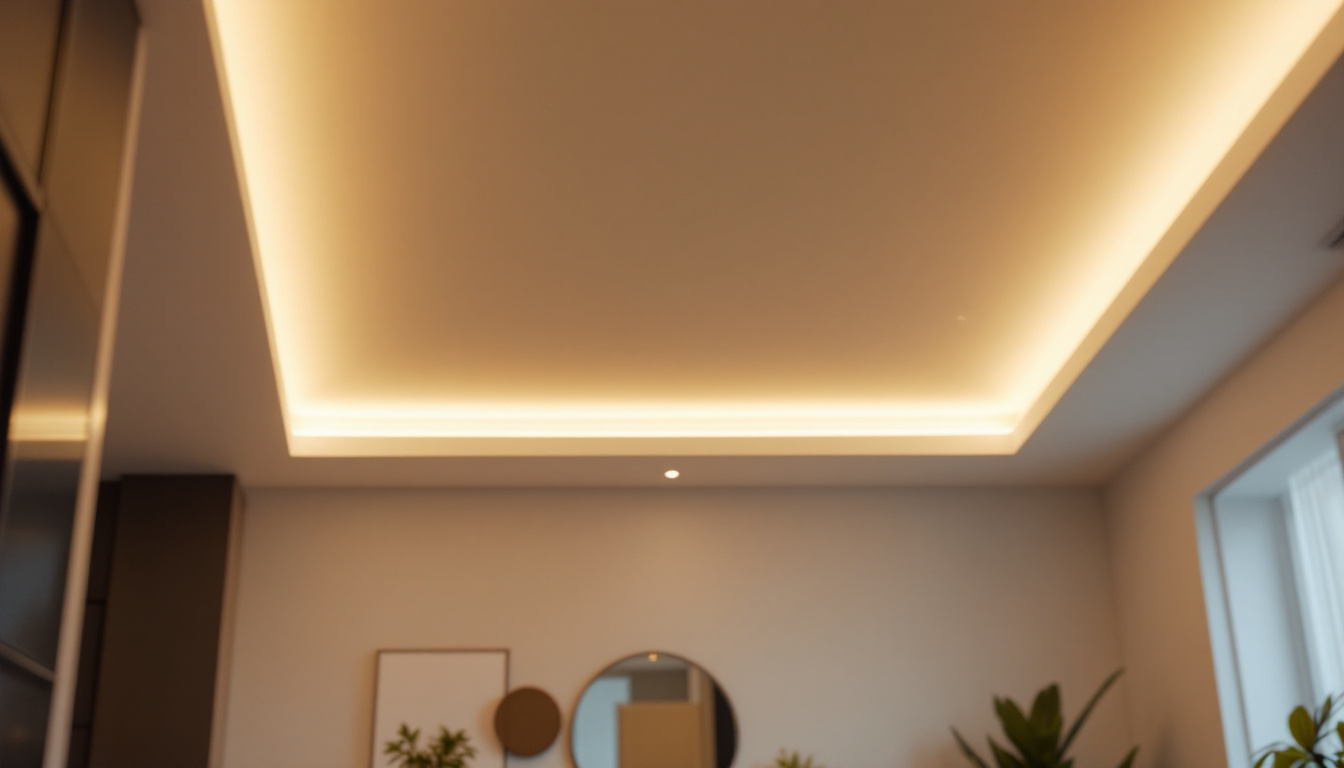
Solar powered post lights have emerged as a popular choice for both residential and commercial lighting solutions. They harness the energy of the sun to provide illumination without the need for traditional electrical wiring. For lighting contractors, this presents both opportunities and challenges that must be navigated to ensure successful installations and satisfied clients.
As the demand for sustainable and energy-efficient solutions grows, understanding the intricacies of solar powered post lights becomes essential. This article will explore common challenges faced by lighting contractors and provide strategies to overcome them, ensuring a smooth installation process and optimal performance of solar lighting systems.
One of the significant advantages of solar powered post lights is their versatility. Available in various styles and designs, they can complement any architectural theme, from modern to rustic. Many models come equipped with advanced features such as motion sensors and dimming capabilities, allowing for customizable lighting that enhances security while conserving energy. Moreover, the installation process is often simpler and more cost-effective compared to traditional lighting systems, as there is no need for trenching or extensive electrical work. This not only reduces labor costs but also minimizes disruption to the surrounding landscape.
However, the effectiveness of solar powered post lights heavily relies on their placement and the amount of sunlight they receive throughout the day. Contractors must consider factors such as shading from trees or buildings, geographic location, and seasonal variations in sunlight. Proper site assessment is crucial to ensure that the lights receive adequate exposure to sunlight for optimal charging. Additionally, educating clients about the importance of maintaining the solar panels, such as keeping them clean and free from obstructions, can significantly enhance the longevity and performance of these lighting solutions. By addressing these considerations, contractors can help clients make informed decisions that lead to successful installations and long-term satisfaction.
Before delving into the challenges, it is important for lighting contractors to have a firm grasp of how solar powered post lights function. These lights typically consist of a solar panel, a battery, an LED light source, and a control system. The solar panel collects sunlight during the day, converting it into electricity that charges the battery. When night falls, the stored energy powers the LED light, providing illumination.
Each component plays a crucial role in the overall efficiency and effectiveness of the lighting system. The solar panel’s size and quality directly impact how much energy is collected, while the battery’s capacity determines how long the light can operate after sunset. Additionally, the LED technology used affects both brightness and energy consumption.
Furthermore, the control system often includes features such as motion sensors or timers, which can enhance energy efficiency and user convenience. Understanding these components allows lighting contractors to make informed decisions when selecting products for their projects.
The advantages of solar powered post lights are numerous. For starters, they offer significant cost savings over time, as they eliminate the need for electrical wiring and reduce energy bills. Moreover, they are environmentally friendly, contributing to a reduction in carbon footprint.
Additionally, solar lights are often easier to install than traditional lighting systems, making them an attractive option for contractors looking to streamline their workflow. The portability of these lights also allows for flexibility in placement, catering to various client needs.
Despite the numerous benefits, lighting contractors often encounter challenges when working with solar powered post lights. These challenges can range from technical issues to client misconceptions about the technology. Understanding these hurdles is the first step toward overcoming them.
One of the primary challenges is the technical limitations associated with solar technology. Factors such as geographical location, seasonal variations, and shading from surrounding structures can significantly affect the performance of solar lights. In areas with limited sunlight, the efficiency of solar panels may be compromised, leading to inadequate lighting during nighttime hours.
To address this, contractors should conduct thorough site assessments before installation. Evaluating the amount of sunlight the area receives throughout the day can help determine the most suitable locations for solar lights. Additionally, selecting high-quality solar products designed to perform well in low-light conditions can mitigate some of these issues.
Another challenge arises from client misconceptions about solar powered lighting. Many clients may have preconceived notions that solar lights are less effective than traditional lighting options. They might assume that solar lights will not provide sufficient brightness or will require frequent maintenance.
Lighting contractors can combat these misconceptions by educating clients about the advancements in solar technology. Providing information on product specifications, performance metrics, and real-world examples of successful installations can help build trust and confidence in solar solutions.
To successfully navigate the challenges associated with solar powered post lights, contractors can implement several strategies. These strategies not only enhance the installation process but also improve client satisfaction.
A comprehensive site assessment is crucial for the successful installation of solar powered post lights. This involves evaluating the location for sunlight exposure, potential obstructions, and the overall landscape. By identifying ideal installation spots, contractors can ensure that the solar panels receive maximum sunlight throughout the day.
Additionally, considering the aesthetic aspects of the installation is important. The placement of solar lights should complement the surrounding environment while providing adequate illumination. Engaging clients in this process can also foster a sense of ownership and satisfaction with the final result.
Choosing the right solar powered post lights is essential for optimal performance. Contractors should prioritize products that are durable, weather-resistant, and equipped with high-quality solar panels and batteries. Researching different brands and models can provide insights into which products have the best track record in terms of reliability and efficiency.
Furthermore, it is beneficial to stay updated on the latest advancements in solar technology. As the industry evolves, new products with improved features and capabilities are regularly introduced. Being knowledgeable about these innovations enables contractors to offer the best solutions to their clients.
Maintenance is a key aspect of ensuring the longevity and effectiveness of solar powered post lights. While these systems generally require less maintenance than traditional lighting, some routine care is still necessary to keep them functioning optimally.
Lighting contractors should educate clients on the importance of routine maintenance for solar lights. This includes periodic cleaning of the solar panels to remove dust, dirt, and debris that can hinder energy absorption. Additionally, checking the battery condition and replacing it as needed will help maintain consistent performance.
Contractors can also offer maintenance services as part of their business model, providing clients with peace of mind that their solar lighting systems will be well cared for. Establishing a maintenance schedule can help ensure that clients remain satisfied with their lighting solutions over time.
Offering ongoing support to clients is another way to enhance the overall experience with solar powered post lights. This can include providing information on troubleshooting common issues, answering questions about product performance, and offering guidance on optimizing the use of solar lights.
By establishing a strong relationship with clients and being available for support, contractors can foster loyalty and encourage referrals. Satisfied clients are more likely to recommend solar lighting solutions to others, ultimately benefiting the contractor’s business.
The solar lighting industry is continually evolving, with new trends emerging that can impact lighting contractors. Staying informed about these trends can help contractors adapt their strategies and offerings to meet changing demands.
One of the most significant trends in solar powered lighting is the integration of smart technology. Many modern solar lights now come equipped with features such as remote control, smartphone apps, and automated settings. These advancements allow users to customize their lighting experience and enhance energy efficiency.
Contractors should consider incorporating smart solar lighting solutions into their offerings. This not only appeals to tech-savvy clients but also positions contractors as forward-thinking professionals in the industry.
As solar technology becomes more mainstream, there is an increasing emphasis on aesthetics and design. Clients are looking for solar lights that not only perform well but also enhance the visual appeal of their spaces. Lighting contractors should stay abreast of design trends and offer products that align with contemporary styles and preferences.
By providing a range of aesthetically pleasing solar lighting options, contractors can cater to diverse client tastes and elevate the overall appeal of their installations.
Solar powered post lights offer a sustainable and cost-effective lighting solution that can greatly benefit both residential and commercial projects. However, lighting contractors must navigate various challenges, from technical limitations to client misconceptions, to ensure successful installations.
By conducting thorough site assessments, selecting the right products, and providing ongoing support, contractors can enhance their service offerings and build lasting relationships with clients. Staying informed about industry trends and advancements will further position contractors as leaders in the solar lighting market.
Embracing the opportunities presented by solar powered lighting not only contributes to a greener future but also allows lighting contractors to thrive in an evolving industry.
Ready to elevate your lighting installations with the best in solar powered post lights? Look no further than LumenWholesale, where we provide contractors with superior, spec-grade lighting products at unbeatable wholesale prices. Our commitment to quality and affordability ensures that you can offer your clients reliable, high-performance lighting without the burden of inflated costs. Plus, with the convenience of free shipping on bulk orders, you can enjoy premium lighting solutions that align with your budget and project needs. Don’t let hidden fees or compromises dim your success. Discover the value of wholesale lighting with LumenWholesale today and light up your projects with confidence.

Discover how offering replacement can light trim services can elevate your lighting contracting business.

Explore the nuances of solar lighting and discover whether direct sunlight is essential for optimal performance.

Discover how solar-powered jar lamps can illuminate new opportunities for lighting contractors.

Discover the essential facts about recessed light diffusers that every lighting contractor needs to know.